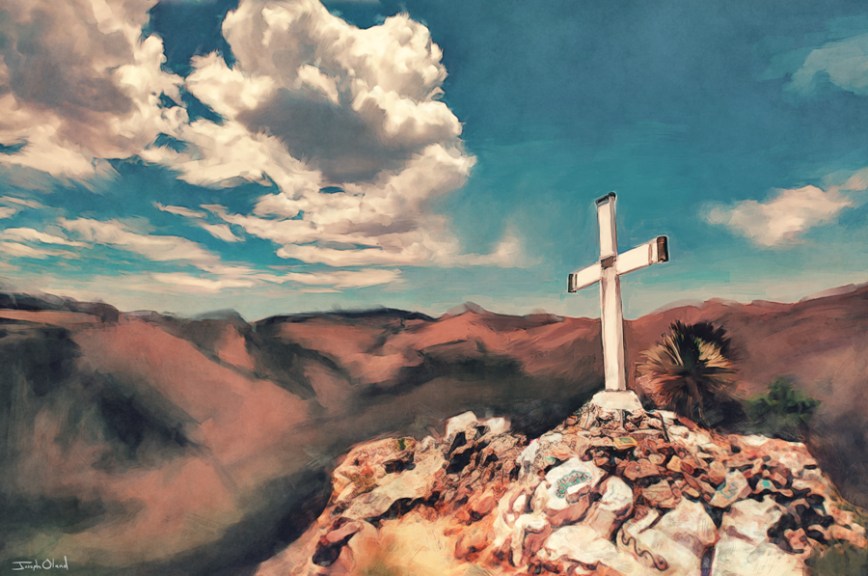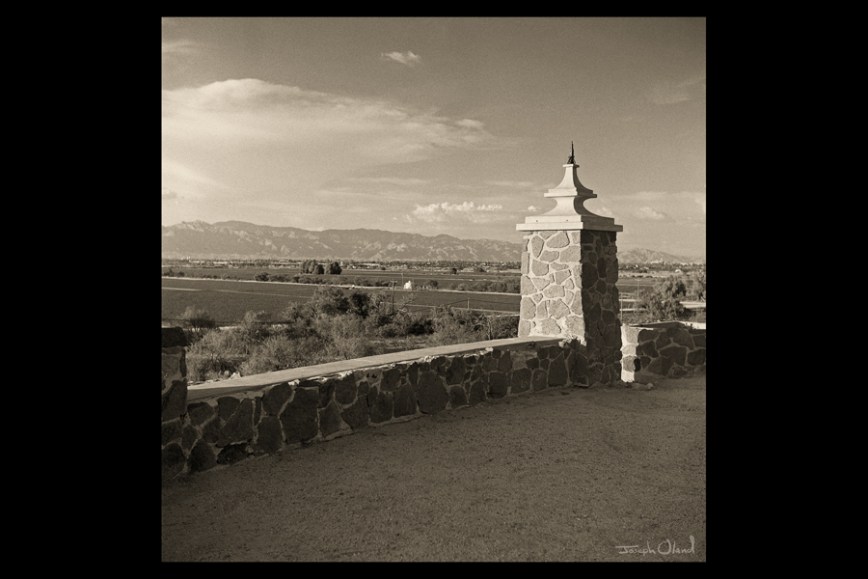 FINE ART PRINTS AVAILABLE HERE
FINE ART PRINTS AVAILABLE HERE
“Your world is about to get a lot bigger.”
These are the words of Jesus, the previous episode’s newest addition to “The Walking Dead.” And he isn’t joking. The world is about to expand for all of the Alexiandrians as news of other settlements is revealed. As the back-half of season six leaped forward in time, we’re also beginning to get the sense that the walkers are getting ready for a massive die-off. This is hinted at in the comic book series as well; most walkers were made during the initial wave at the beginning of the series, and a rotting body doesn’t last forever. Those who have carefully observed, each season has brought with it walkers in more and more advanced stages of decomposition. The walkers in season six are soft, sticky heaps of bone, showing evidence of butyric fermentation and advanced decay.
It can safely be assumed that walkers, while eminently dangerous, are becoming less of a threat. The more significant threat comes from other survivors, scrambling to organize, secure resources, and defend themselves. We already know how dangerous The Governor was, and we know what happened to the settlement at Terminus. The apocalypse appears to have polarized the survivors, splitting them into one of two distinct groups: weakened survivors (like the Alexandrians) and ruthless tyrants and bands of highwaymen (like the leadership at Woodbury, the cannibals at Terminus, and the raiders led by Negan). Rick and his group have managed to stay somewhere in-between these two extremes, and “The Walking Dead” is constantly examining the morale, and moral turpitude, of the group.
At the invitation of Jesus, Rick and his cohort embark to a community called “The Hilltop” with hopes of striking a trade agreement to solve their food shortage. With the threat of famine looming over them, they have little choice than to risk following their new acquaintance.
The roads aren’t swollen with walkers, but the group is wary that Jesus may be planning an ambush. Rick’s caution is understandable. In fact, the entire ‘Alexandria’ story arc of seasons five and six was intended to illustrate Rick’s developing instincts. We watched him become the capable alpha, a charge he is at first reluctant to assume over the coddled, frightened residents of Alexandria.
In “Knots Untie,” we see who Rick has really become. No longer wrestling with his morals, he is literally baptized in blood. It is perfectly natural for “The Walking Dead” to invite violence immediately upon the group’s arrival at a new sanctuary. The people of The Hilltop are cautious, weak survivors, not unlike how the people of Alexandria were. When one of The Hilltop’s scavengers attempts to assassinate their leader, Gregory, in exchange for the release of his brother (who has been kidnapped by Negan), it is Rick who swiftly intervenes. After knifing a hole into the man’s neck and a literal bloodbath – a spectacle of violence unfamiliar to the stunned villagers – Rick looks around, practically shrugging, and says, quite earnestly, “What?”
It’s a laugh-worthy moment, but a telling one, too. It explains exactly how Rick and his people view the world, from a firm black-and-white perspective: try to hurt me, I will kill you. Period.
The incident is off-putting to the people of The Hilltop; after all, Rick killed one of their people, even the man ultimately was a danger to the community. But this doesn’t prevent the two groups from coming to an agreement. Burdened with paying tribute to Negan in exchange for peace, The Hilltop has been existing under the thumbs of a tyrant. Rather than attempt to broker peace with the Negan and his gang, Rick accepts a kill mission. In fact, he is the chief architect of the kill mission.
“We’ve never had a problem with confrontation,” Rick says. And we know that’s true. The group has a base of operations, lethal skills, and an offer of protection for The Hilltop in exchange for foodstuffs. All-out war is on the horizon.
– – –
The tension is building quickly. Abraham’s narrative begins to resurface – a thread that was dropped before the mid-season finale – and we’re reminded of his tenuous grasp with reality. Along with his irrational risk-taking while guiding the mega-herd away from Alexandria, we see him wearing that curious smile once again. As the bloodshed we expect from the season finale approaches, it wouldn’t be surprising to see our militant slugger marked for death.
We also see Maggie taking a leadership role, acting as the chief negotiator with the knife-wounded Gregory. She recognizes that The Hilltop’s leader, a lecherous coward of a man, has little leverage. She confronts him head-on, standing her ground, reminding us that despite being visibly pregnant, she is a force to be reckoned with.
The group is comfortable with violence. We know this. Combat with Negan and The Saviors is acceptable if it means forging lasting peace with The Hilltop. Establishing safe trade routes between farming communities is the next step toward long-term survival. But I think we all know that the group is underestimating how dangerous Negan really is.
Time will certainly tell.
FINE ART PRINTS AVAILABLE HERE
– – –
SIGN UP FOR THE LENSEBENDER NEWSLETTER
 MERCHANDISE AND ORIGINAL CANVAS AVAILABLE HERE
MERCHANDISE AND ORIGINAL CANVAS AVAILABLE HERE


